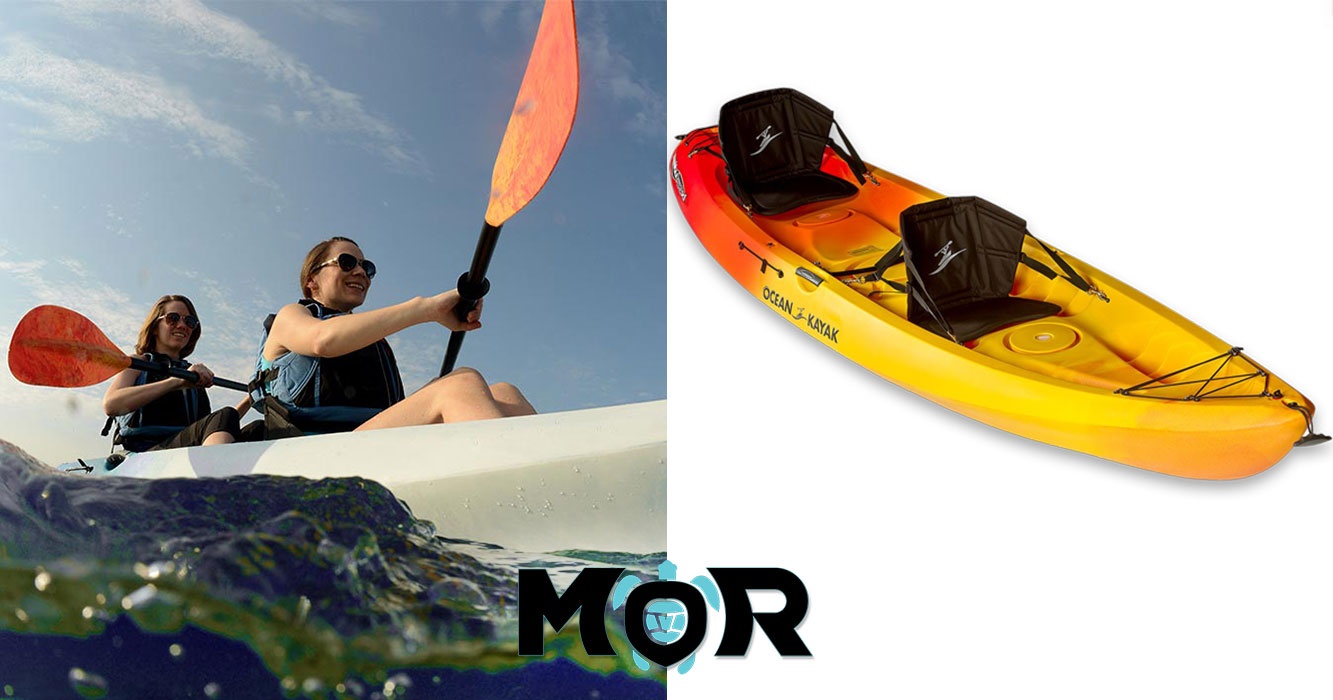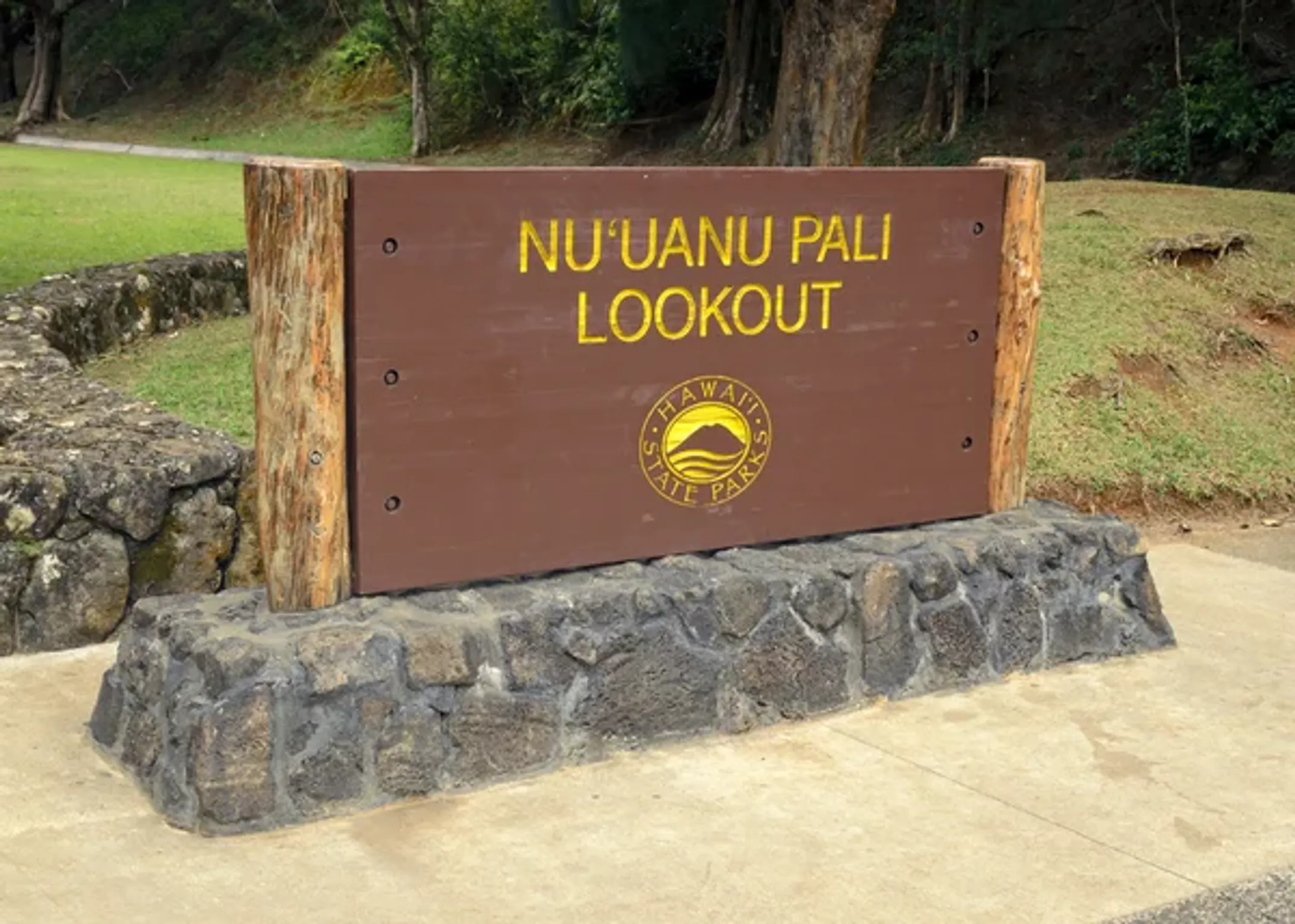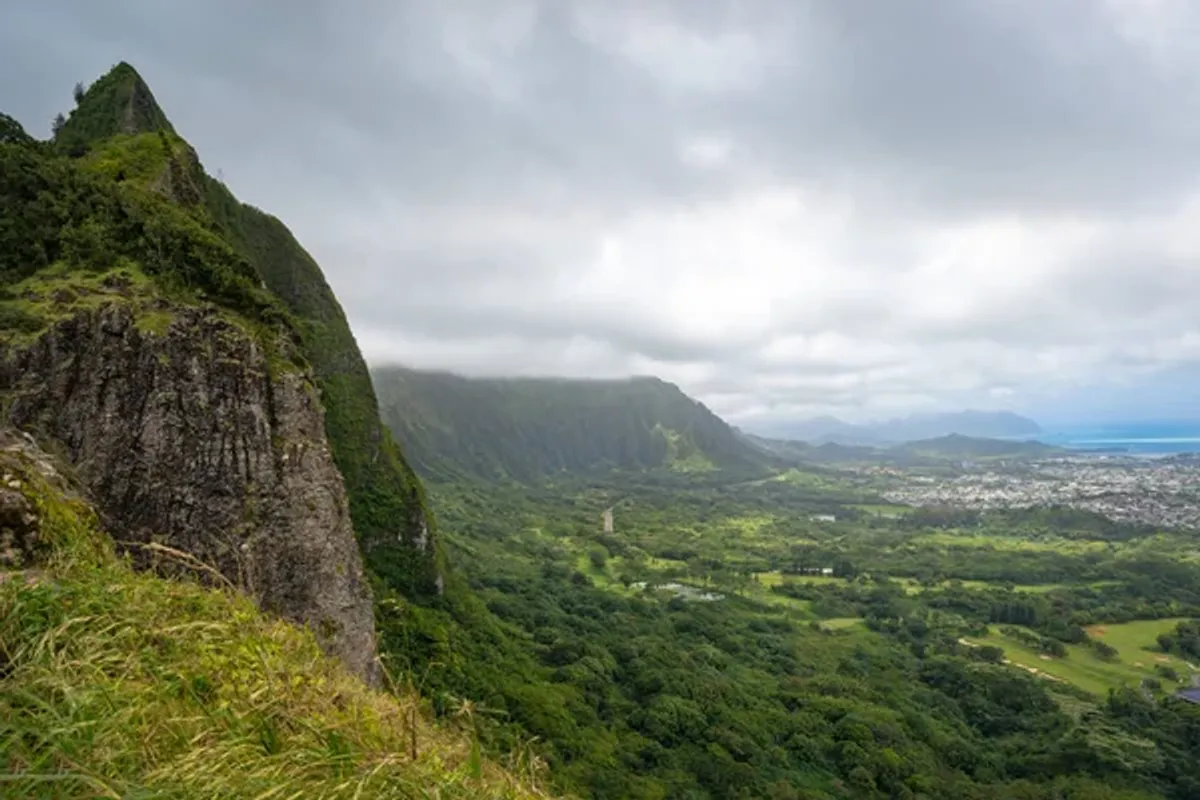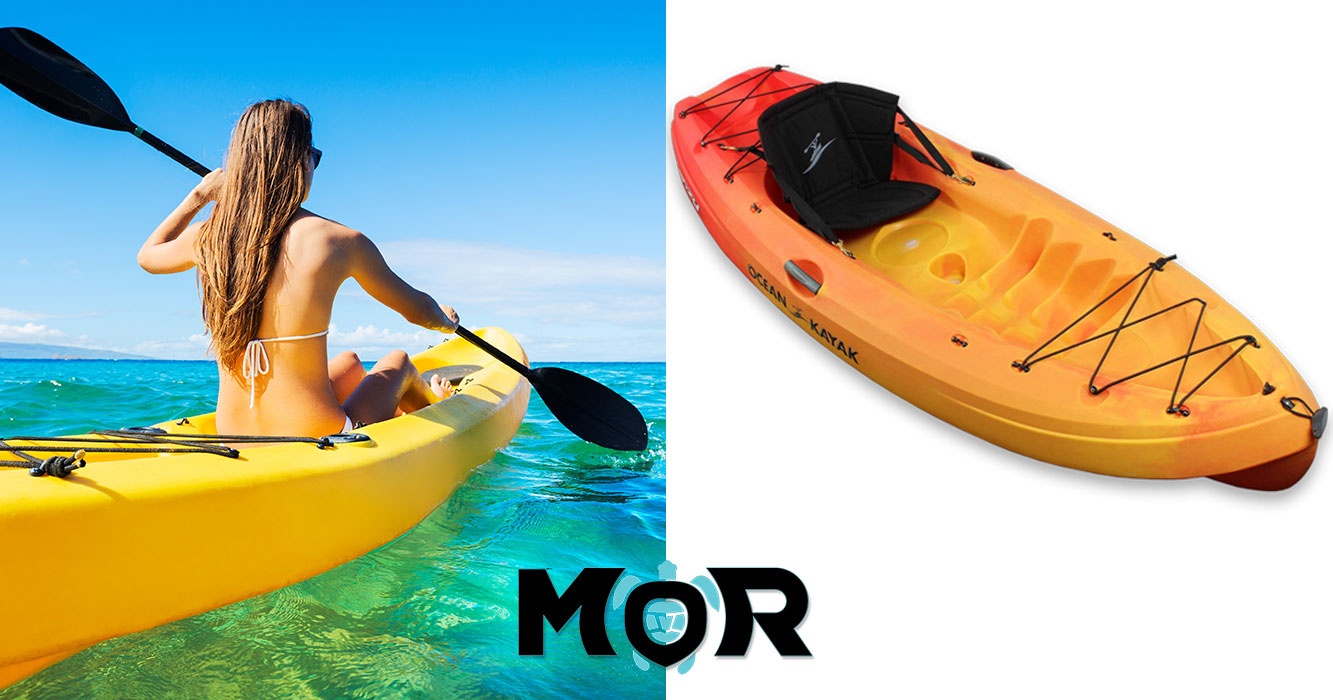

Geology of the Pali
How Nature Carved These Majestic Cliffs Over Millions of Years

Written by a Local Geological Guide
Leilani AkoThe Making of a Masterpiece: How Nature Carved the Pali
The dramatic cliffs and sweeping vistas of Nuʻuanu Pali are the result of millions of years of volcanic activity, catastrophic geological events, and relentless erosion. Understanding this geological story adds profound appreciation to the visual spectacle.

The Birth of O'ahu: Two Ancient Volcanoes
O'ahu is primarily made of two massive shield volcanoes. The older Waiʻanae volcano sits to the west, and the younger Koʻolau volcano forms the eastern portion of the island and the majestic Koʻolau Range.
The Koʻolau volcano began as a seamount above the Hawaiian hotspot around 4 million years ago, eventually emerging from the ocean. Its primary shield-building phase occurred between about 2.9 and 2.1 million years ago. During this time, it likely reached an elevation much higher than its current peak of around 1,100 meters.
Once the main shield-building phase ended, erosion became the dominant force. The windward (northeastern) side of the Koʻolau volcano, constantly exposed to moisture-laden trade winds and much higher rainfall, experienced far more extensive erosion than the leeward side.
The Nuʻuanu Avalanche: Nature's Most Dramatic Event
But the most dramatic event in forming the Pali cliffs was the Nuʻuanu Avalanche. Geological evidence strongly supports this cataclysmic event where a massive portion of the Koʻolau volcano's northeastern flank—estimated at 40% of the old volcano—catastrophically collapsed into the Pacific Ocean.
This was one of the largest landslides known on Earth. Enormous blocks of rock, some miles long, slid as far as 100 kilometers across the ocean floor. The sheer momentum was enough for debris to flow uphill on the seabed, showing its immense scale and speed.
Tsunami Impact: This colossal collapse created an initial, unstable cliff face possibly 2,000 meters high and triggered devastating tsunamis throughout the Hawaiian Islands. The scale of this event is almost incomprehensible.
The Patient Artist: Erosion Sculpts the Modern Pali
After this catastrophic event, processes of river erosion and weathering continued their work over thousands of years. Streams and rainfall carved into the cliff face, exploiting natural weaknesses and vertical cooling joints in the basaltic lava flows.
This gradually eroded the cliffs backward (southwestward) and sculpted them into the characteristic amphitheater-headed valleys and scalloped ridges that define the Pali today. The Nuʻuanu Pali itself is also recognized as a wind gap—a low point where the heads of two oppositely trending valleys have intersected, further channeling the powerful trade winds.
🌋 Volcanic Origins
Ko'olau volcano formed 2.9-2.1 million years ago as part of the Hawaiian hotspot chain.
⛰️ Massive Collapse
40% of the original volcano collapsed in one of Earth's largest landslides.
🌊 Erosion Power
Trade winds and rainfall continue carving the cliffs into their current dramatic form.
💨 Wind Gap
Valley intersections created the natural wind tunnel that defines the Pali experience.
⏰ Geological Timeline
- Hotspot Formation: 4 MYA
- Shield Building: 2.9-2.1 MYA
- Nuuanu Avalanche: ~1.5 MYA
- Current Height: 1,100m peak
- Debris Field: 100km offshore
🧪 Rock Facts
Basaltic lava flows
Shield volcano
Stream cutting & weathering
Ongoing cliff retreat
A Landscape Born from Violence and Time
The geological story of Nuʻuanu Pali, unfolding over millions of years and marked by both slow, persistent erosion and sudden, immense catastrophe, provides a fascinating counterpoint to its human history. The very landscape that witnessed the dramatic Battle of Nuʻuanu was itself forged by unimaginable natural violence and the patient artistry of time.
Catastrophic Birth
The massive Nuuanu Avalanche created the initial cliff face in one of Earth's most dramatic geological events.
Patient Sculpting
Millions of years of wind, rain, and stream erosion carved the detailed features we see today.
Ongoing Process
The cliffs continue to retreat and evolve, shaped by the same forces that created them.
When you stand at the Pali Lookout today, you're witnessing the ongoing story of Earth's creative and destructive forces. The same trade winds that carry cultural stories also continue the patient work of erosion, slowly but continuously reshaping these ancient cliffs for future generations to discover.

